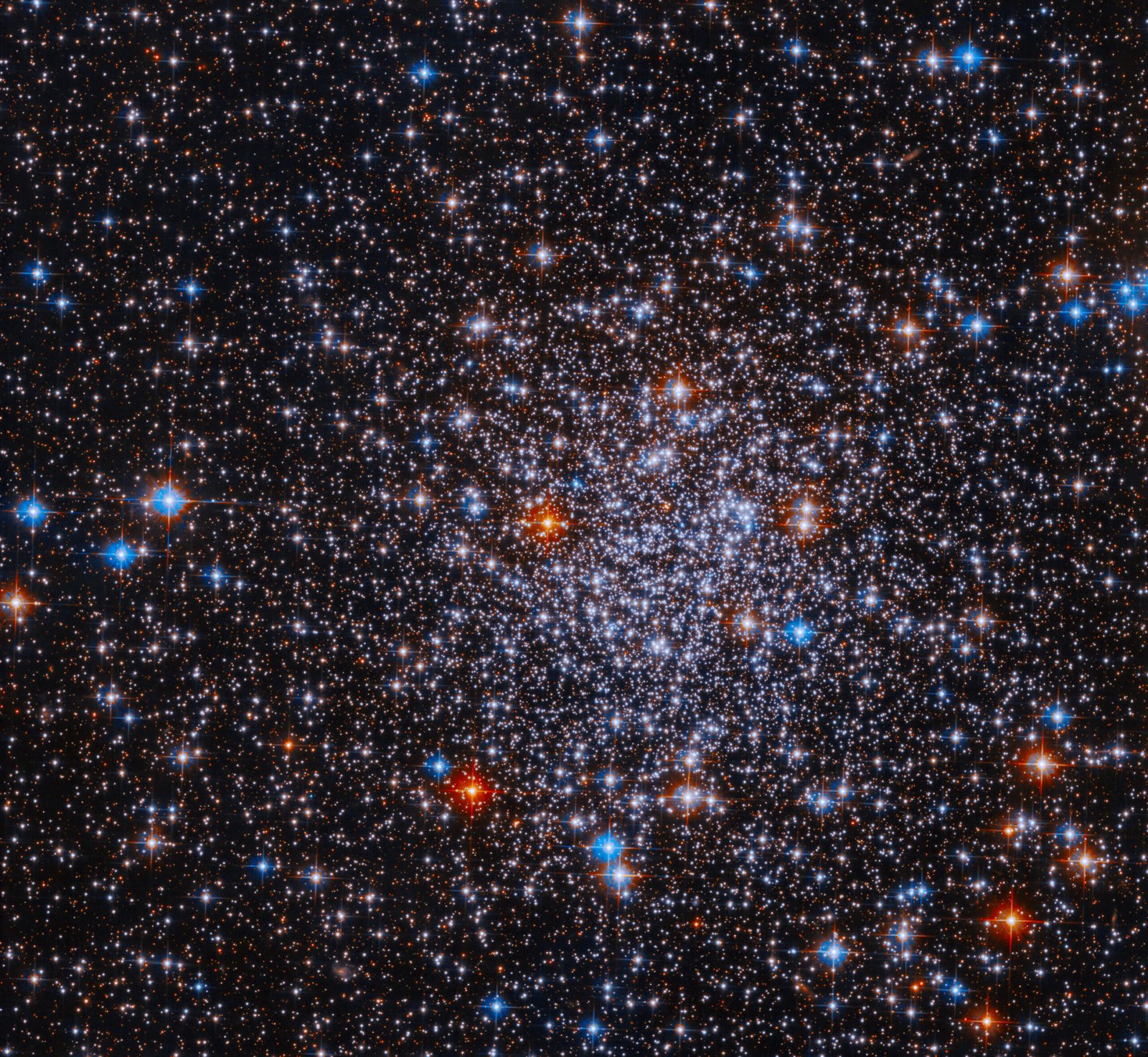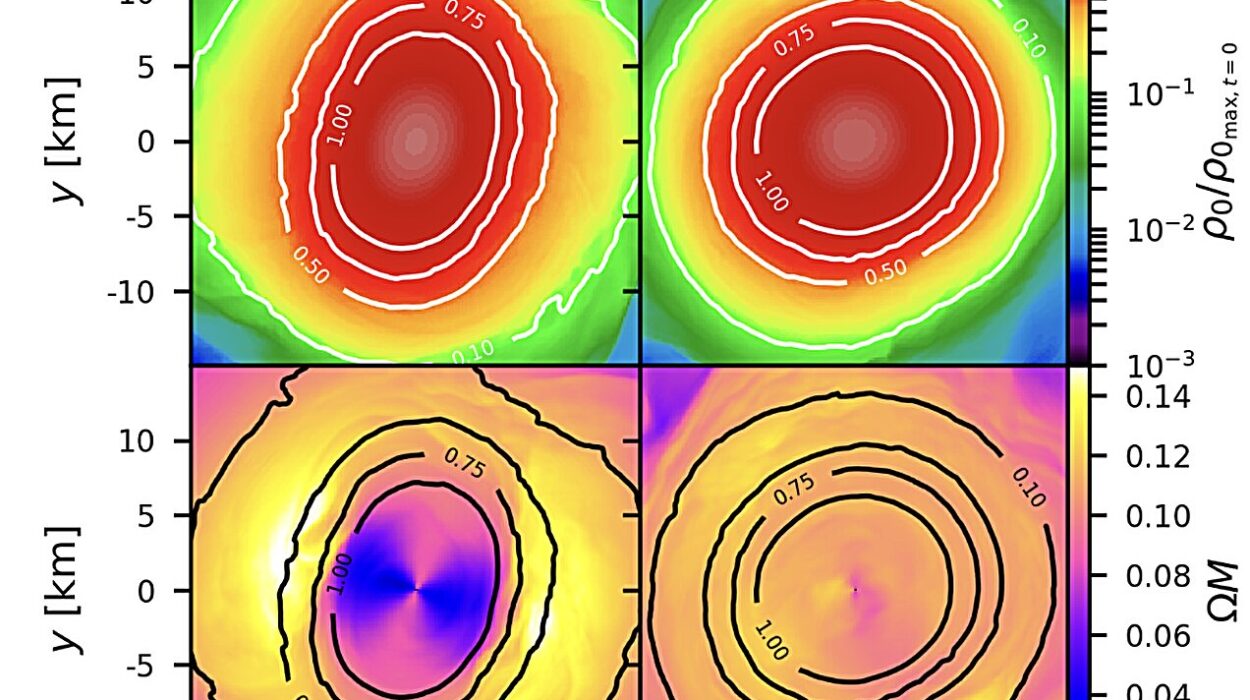In the early 1930s, a Swiss astronomer named Fritz Zwicky made an observation that would leave the world of science reeling for nearly a century. He was studying galaxies and noticed something strange: they were moving faster than their mass should allow. This perplexing discovery led Zwicky to propose the existence of a hidden, invisible force—something he called “dark matter”—that was holding these galaxies together. Fast forward almost a hundred years, and a breakthrough from NASA’s Fermi Gamma-ray Space Telescope may have provided the first direct evidence of dark matter, potentially allowing scientists to see it for the very first time.
A Mystery That Defies Observation
The quest for dark matter has been an ongoing challenge for astronomers and physicists alike. Since its inception, dark matter has remained largely a mystery. Though it is known to exist, it has never been directly observed. Scientists have only been able to infer its presence by observing its effects on visible matter. Dark matter doesn’t emit, absorb, or reflect light. It doesn’t interact with electromagnetic forces in any way, which means it can’t be detected using traditional means, such as optical telescopes or radio waves. Despite its elusiveness, dark matter accounts for about 85% of the mass in the universe, and its gravitational effects are essential for keeping galaxies intact.
Many theories have been proposed to explain what dark matter might be made of. One popular hypothesis suggests that dark matter is composed of weakly interacting massive particles, or WIMPs. These hypothetical particles are much heavier than protons, but they interact very little with normal matter. WIMPs, when they collide, are thought to annihilate each other, releasing other particles in the process—including gamma ray photons.
For years, scientists have been targeting areas with high concentrations of dark matter, like the center of the Milky Way, in hopes of capturing the gamma rays produced by WIMP annihilations. But despite their best efforts, this invisible force remained just that—unseen.
A Glimpse Into the Darkness
Then, in a groundbreaking study published in the Journal of Cosmology and Astroparticle Physics, Professor Tomonori Totani from the University of Tokyo’s Department of Astronomy made a claim that could change everything. Totani’s team, using data from NASA’s Fermi Gamma-ray Space Telescope, believes they have finally detected the gamma rays predicted by the annihilation of dark matter particles.
“We detected gamma rays with a photon energy of 20 gigaelectronvolts—an extremely large amount of energy—extending in a halolike structure toward the center of the Milky Way galaxy,” said Totani. “The gamma-ray emission component closely matches the shape expected from the dark matter halo.”
For the first time, astronomers may have observed the telltale signs of dark matter not just indirectly through its gravitational influence, but through the direct signature of its particle interactions. The energy spectrum of the gamma rays, a range of emissions that indicate the intensity of these gamma-ray bursts, closely matches the theoretical predictions of what should happen when WIMPs annihilate. These particles, which are theorized to have about 500 times the mass of a proton, are thought to release high-energy gamma rays when they collide and destroy each other.

A Cosmic Puzzle Piece
What makes these gamma-ray measurements so exciting is that they don’t seem to match up with any known astronomical phenomena. Unlike other sources of gamma-ray emissions, like exploding supernovae or active black holes, these emissions appear to have a distinct signature. The observations made by Totani’s team are not easily explained by more common sources of gamma rays. That makes these findings particularly compelling.
“If this is correct, to the extent of my knowledge, it would mark the first time humanity has ‘seen’ dark matter,” Totani exclaimed. “And it turns out that dark matter is a new particle not included in the current standard model of particle physics. This signifies a major development in astronomy and physics.”
If Totani’s findings hold true, the implications for our understanding of the universe are monumental. For decades, dark matter has been the great unknown, a cosmic enigma that held the universe together but remained invisible to our instruments. To finally have evidence of dark matter would not only revolutionize astronomy but would also force a complete rethinking of particle physics. Dark matter is not just an invisible substance; it’s a new type of particle, one that has never been encountered before.
Verification and the Road Ahead
Though Totani’s findings have sent shockwaves through the scientific community, there is still much to be done before these results can be confirmed. As with all great discoveries, independent verification is crucial. The data collected by the Fermi telescope must undergo further analysis from other researchers to ensure the accuracy and reliability of the results. Even after confirmation, additional proof will be needed before scientists can definitively say that these gamma rays are indeed the result of dark matter annihilation and not from some other unknown astronomical phenomenon.
Totani and his team are already looking ahead. They believe that further observations of other areas with high concentrations of dark matter—such as dwarf galaxies within the Milky Way halo—could provide even stronger evidence for their theory. “This may be achieved once more data are accumulated, and if so, it would provide even stronger evidence that the gamma rays originate from dark matter,” Totani said.
It’s clear that this is just the beginning of an exciting new chapter in the search for dark matter. The potential to finally observe the invisible is within our reach, but it will require continued effort, collaboration, and verification from researchers around the world.
Why This Discovery Matters
For decades, dark matter has been the stuff of science fiction. Its existence was theorized based on its gravitational effects, but it could never be directly detected, leading many to question if it even existed at all. This new study, however, suggests that dark matter might not be as elusive as we once thought.
The detection of gamma rays from dark matter annihilation would be a scientific milestone, offering the first tangible evidence of dark matter’s existence. This breakthrough could unlock a whole new understanding of the universe, from the formation of galaxies to the fundamental nature of matter itself. For physicists, it would signal the end of a long-standing mystery, opening the door to new theories and experiments.
More importantly, it would mark a major leap forward in our understanding of the cosmos. If these gamma-ray emissions are truly from dark matter, we may be witnessing the dawn of a new era in astrophysics—one where we can see not just the stars, but the hidden forces that govern the very structure of our universe.
More information: Tomonori Totani, 20 GeV halo-like excess of the Galactic diffuse emission and implications for dark matter annihilation, Journal of Cosmology and Astroparticle Physics (2025). iopscience.iop.org/article/10. … 475-7516/2025/11/080






